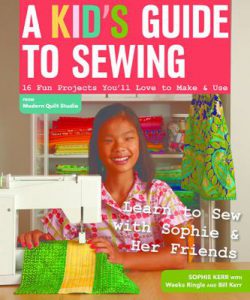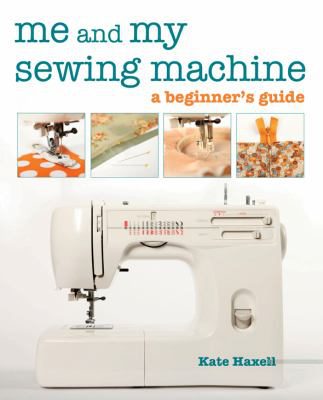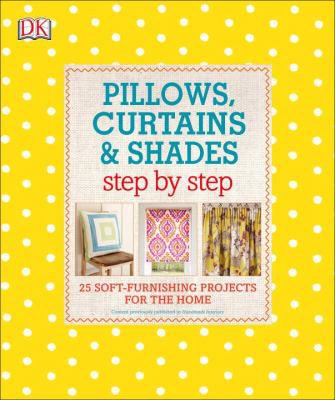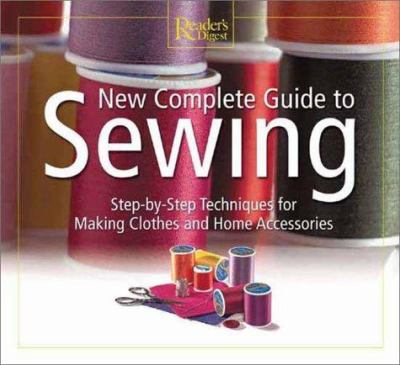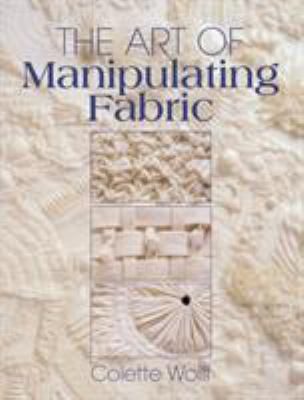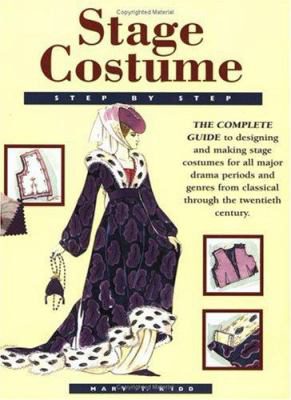From the Library of Things: Machine sewing at your fingertips
Posted on April 2, 2019 at 6:00 am
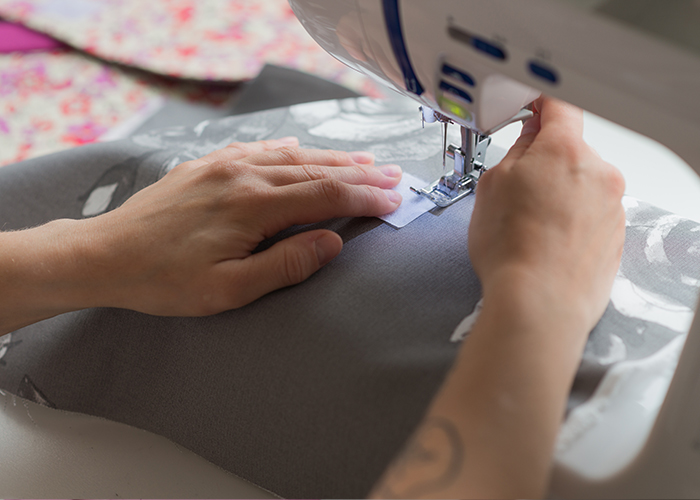
By Melissa Rhoades
Did you know you can borrow a sewing machine from the Library District?
Our Library of Things offers two Elna eXplore 320 sewing machines to check out for up to seven days at a time. One is available for pick up at the Spokane Valley Library and the other can be picked up at our North Spokane location. These sewing machines will be returning for check out sometime in 2022.
You don’t need a cabinet full of sewing supplies—or a mind full of sewing expertise—to take advantage of this great resource.
Each sewing machine comes in a sturdy, wheeled carrying case and is accompanied by the user’s manual, a pair of sewing scissors, a seam ripper, a sewing gauge, a tape measure, a washout pencil, and a pin-cushion with pins. Even beginners can use the machines and learn new skills.
People sew for a variety of reasons. See if one of the following reasons resonates with you.
Economy
Mending items saves money. Let’s face it. Cheap imported goods, especially textiles and clothing, aren’t typically substantial. Often a seam or hem will start to unravel when you’ve only used something a few times. Also, thinner fabrics wear out quicker and need repair.
A few basic sewing skills will make your cloth belongings last longer.
Gone are the days when sewing from scratch was cheaper than purchasing finished clothes and household goods. In fact, it’s difficult these days to buy a pattern, fabric, and notions (thread, buttons, zippers, trim, etc.) for even the same price as a finished piece—and that’s before calculating the time it takes to sew.
Luckily, there are still economical tricks to deploy.
For one thing, buying fabric at thrift stores and yard sales will save you money. You’ll need to shop with an open mind since the selection will be limited, but you can often find large pieces of fabric that way. If you shop at a box store, make sure to look at their latest coupon flyers; you almost never need to pay full price at chains. If you prefer supporting a local store, ask if they have a clearance bin for the best deals.
Another trick is to search for “free sewing patterns” online. You’ll find a wide variety (and a wide variance in quality), so browse to find what’s useful for you. Some free patterns are also available in our Digital Library’s Hobbies & Crafts Reference Center. Once there, choose “Needlecrafts and Textiles,” then “Sewing” to see subcategories.
If you have friends who sew, share patterns.
The Perfect Fit
Even though the economic advantages of sewing have diminished, it’s as difficult as ever to find mass-produced factory garments that fit great and make you look your best. Acquiring some sewing skills empowers you to tailor store-bought clothes to fit you better.
Why limit yourself to what the manufacturer can do?
The Environment
The abundance of cheap factory-made clothes also means an abundance of quickly worn out clothes going into landfills. Homemade clothing tends to be sturdier and last longer.
Upcycling is an especially environmentally friendly way to sew. Instead of using newly produced fabrics, upcyclers use old garments as their starting point, which offers a lot of opportunities for playfulness. An internet search for “upcycling clothes” will pull up ideas for getting started.
Plain and simple reuse can also delay a garment’s trip to the landfill.
Clothes too worn to donate or upcycle can be cut into squares and hemmed to make reusable cleaning cloths. I inherited this habit from my grandmother who survived the Great Depression and lived by the maxim “waste not, want not.”
Creativity
The artistic aspect of making something unique by hand is another important incentive for people who sew. It may even be the primary incentive. Sewing offers a way to express yourself!
What do you call someone bitten by the creative sewing bug? (No, this is not a set up for a joke.)
I’m going to suggest avoiding old-fashioned, gendered terms like “seamstress” and “tailor.” The word “sewer” (pronounced SO-er) is typically used today. The recently coined term “sewist”—combining “sew” and “artist”—is also beginning to take hold.
This creative impulse was the main reason I learned to sew as a teenager, but since then I’ve sewn for all of the reasons listed above. And because my hand-me-down 1976 Singer is on the fritz (again), I’ve already taken advantage of the library’s Elna sewing machines three times.
First, I turned some worn-out shirts into cleaning cloths. Then I made a custom-sized draft buster for my antique kitchen door. Finally, I resized a shirt given to me as a Christmas present (I loved the fabric, but the shirt was too big.).
Resources
Once you have a sewing project in mind, don’t think you have to figure out everything by yourself. In addition to sewing machines, we carry over 140 print books on sewing, as well as digital options on Overdrive, Hoopla, and the Hobbies & Crafts Reference Center.
Some of these books focus on specific projects, others focus on techniques (for example, how to create a buttonhole, how to finish a hem, etc.), and some offer a combination. Some books take the phrase “step by step” literally, while others focus on inspiration with less comprehensive instruction.
The advantage of technique books is that their information never goes out of style, while project books can quickly become out-of-date due to changing fashion trends. If you don’t find project books that appeal to your style, use technique books to learn the skills for completing your inspirations.
You may want to flip through several books to find the best fit for you. Here are a few that I recommend:
A Kid’s Guide to Sewing, by Sophie Kerr, offers fairly comprehensive step-by-step instructions for kids (and adults). With glossy full-page color photos, it includes sections for both techniques and projects. It’s also one of very few books in our collection that includes some gender-neutral projects and pictures of boys at the sewing machine as well as girls. One thing the publishing industry hasn’t caught up with yet is the fact that men as well as women sew. This colorful volume begins to work towards some representational balance.
A good adult beginner’s book is Me and My Sewing Machine, by Kate Haxell. While a few projects are offered in the back, this book focuses primarily on process. The reader is provided with both written instructions and step-by-step color photos for everything from sewing a straight seam to inserting zippers and buttonholes to creating fancy pleats, edges, and trims. There’s plenty in here that’s useful for intermediate sewers too.
Published
in 2017, DK Publishing’s Pillows,
Curtains & Shades: Step by Step is a newer project book on home
décor that offers full color-photo instructions for making your own interiors. Before
the projects, an introductory section goes over the basics of using a sewing
machine, gathering essential tools, and choosing appropriate fabrics. The selection
of window treatments includes contemporary-looking window shades, and the
pillow section includes a bean bag design.
If you like encyclopedic volumes, Reader’s Digest’s New Complete Guide to Sewing will impress. At almost 400 pages long, it is clearly organized and includes a glossary of sewing terms in the back. The occasional projects included are a bit out-of-date, but they don’t take up much space and are easy to ignore. This book does not offer eye candy (most illustrations are line drawings), but if you need directions for a particular clothing construction technique, this is an excellent reference.
Often my favorite sewing books are ones that showcase the artistry of master craftspeople beyond my skill level. The Art of Manipulating Fabric, by Colette Wolff, is one of these. Despite the book’s age and lack of color photos, I can’t resist drooling over intricate examples of decorative gathering, shirring, flouncing, smocking, pleats, tucks, and more. The techniques included display a stunning architectural quality that reminds me of origami and paper crafts. Books on couture sewing similarly highlight impressive creations that I will never attempt to make but love to browse.
The art of costuming spans everything from plugging in a hot glue gun to mastering haute couture. Costumer’s motivations span from making homemade Halloween costumes to cosplay to creating professional pieces for film and stage. Mary Kidd’s Stage Costume: Step by Step offers good visual inspirations via sketches and photographs. With two main sections, it provides an overview of basic pattern shapes followed by an overview of period costumes from ancient Greece through the 20th Century. Just don’t be fooled by the title. This book does not offer comprehensive instructions.
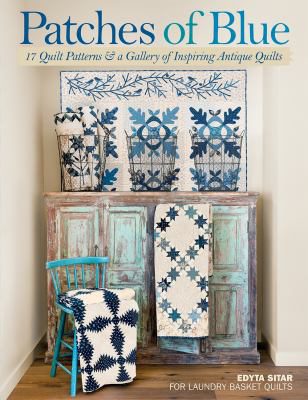
Because I’ve never quilted, I turned to coworkers for advice on quilting books. It was a pleasant surprise to discover that, similarly to couture books, it’s highly enjoyable to flip through gorgeous full-page color photos of this traditional artform that continually reinvents itself. Despite an unassuming cover, Edyta Sitar’s Patches of Blue was one of my favorites, showcasing stunning designs in both traditional and contemporary styles. Books by Camille Roskelley and Kaffe Fassett are similarly impressive.
As is hopefully clear by now, sewing offers a lot of possibilities—and the library offers a lot for people who sew.
Whether you’re a seasoned expert or a newbie, you can now check out a sewing machine right along with how-to books, project guides, and inspirations. Give it a whirl. You’ll be “sew” glad you did.

Tags: adults, arts, books, clothes, crafts, creativity, economical, Elna, environmental, fabric, hobbies, Hobbies & Crafts Reference Center, hoopla, how-to, kids, Library of Things, overdrive, quilting, resources, sewing, sewing guides, sewing machine, sewing notions, teens, textile arts, textiles

